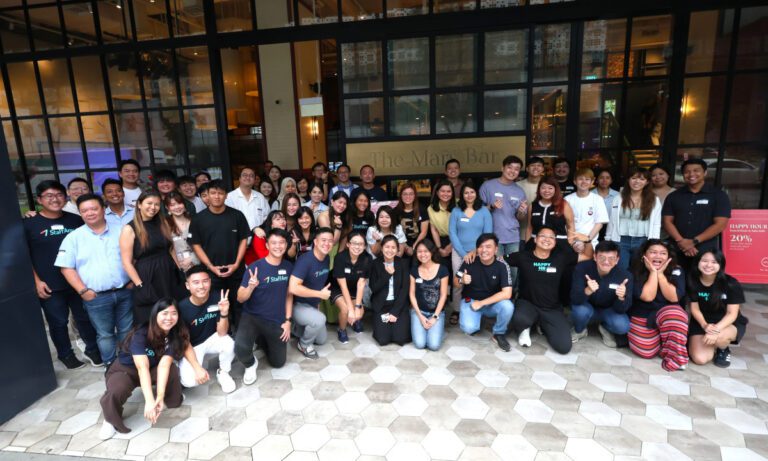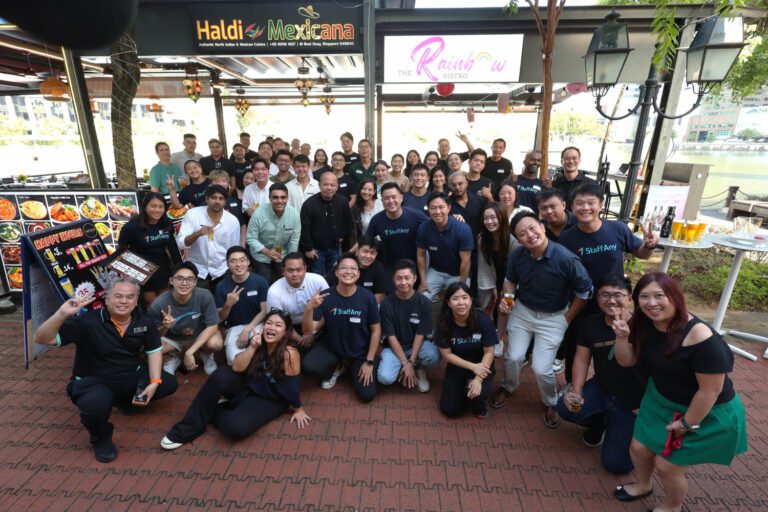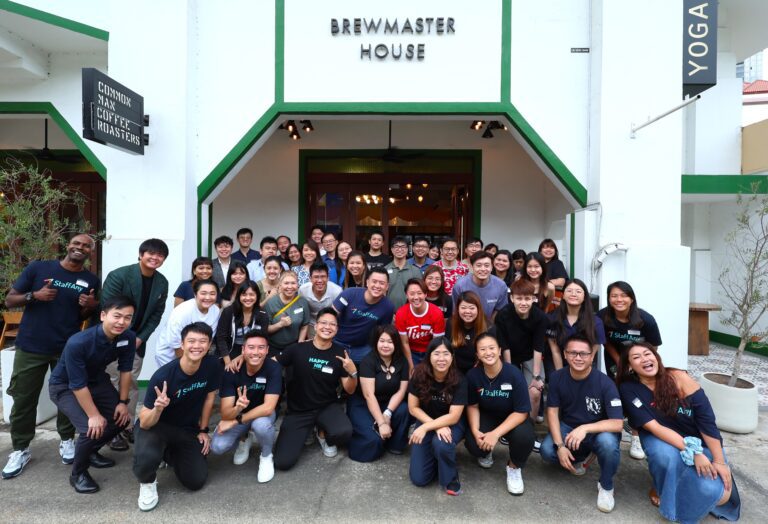If you have ever visited a restaurant, you would have noticed the different types of waiter service styles available. The waiter service style refers to the way in which food is served and presented to customers. Some service styles are more formal and sophisticated, while others are more casual and relaxed.
In this article, we will explore 13 different types of waiter service styles that you may encounter in restaurants. Each of these service styles has its unique features and is suited for different occasions and dining preferences.
13 Types of Waiter Service Styles

There are various types of waiter service styles that are commonly used in restaurants, hotels, and other hospitality establishments. These service styles differ in their level of formality, presentation, and interaction with guests. Some service styles are highly formal and sophisticated, while others are more casual and relaxed. Here are some waiter service styles that you can find at various restaurants:
1. Fine Dining Service
Fine dining service is a highly formal and sophisticated service style that is usually offered in high-end restaurants. In this service style, the waiter presents the menu to the guests and assists them in selecting their meals. The food is then prepared and presented in an elaborate and artistic manner. The waiter serves the dishes from the left and removes them from the right, using a special utensil. This service style also involves the use of a variety of specialised utensils and equipment.
2. Family-style Service
Family-style service is a more casual and relaxed service style that is often used in Italian and other family-style restaurants. In this service style, the food is served in large, communal dishes that are placed on the table. The guests then help themselves to the dishes and pass them around the table. This service style promotes sharing and social interaction between guests.
3. Self-service
Self-service is a type of waiter service that allows customers to serve themselves from a designated area or buffet. In this service style, the customers are responsible for serving themselves food and drinks, as well as clearing their own dishes and utensils. Self-service is commonly used in fast-food restaurants, cafeterias, and food courts, where speed and convenience are the primary goals. Self-service is also an affordable option for restaurants, as it eliminates the need for additional staff to serve customers.
4. Buffet Service
Buffet service is a self-service style that is commonly used in hotels and large events. In this service style, the food is displayed on a buffet table, and guests can serve themselves. The waiter is usually present to assist guests with any questions they may have and to replenish the dishes as needed.
5. French Service
French service is a highly formal and sophisticated service style that is rarely used in modern times. In this service style, the waiter prepares and presents the dishes at the table, using specialised equipment and utensils. This service style is highly skilled and requires extensive training.
6. Russian Service
Russian service is a highly formal and sophisticated service style that is also rarely used in modern times. In this service style, the waiter prepares and presents the dishes at the table, using specialised equipment and utensils. This service style is similar to French service but has some differences in the presentation of the dishes.
7. Banquet Service
Banquet service is a service style that is commonly used in large events such as weddings and corporate dinners. In this service style, the waiter serves the guests at their tables, using a pre-set menu. The food is usually served in courses, with each course being cleared before the next one is served.
8. Room Service
Room service is a service style that is offered in hotels and resorts. In this service style, the guests can order food from their rooms, and the waiter delivers the food to them. This service style is convenient for guests who prefer to dine in their rooms.
9. Counter Service
Counter service is a service style that is commonly used in fast-food restaurants and cafes. In this service style, the guests order their food at a counter and then take their food to a table or seat to eat. The waiter is usually present to assist guests with any questions they may have and to clean up after them.
10. Tray Service
Tray service is a service style that is commonly used in hospitals and schools. In this service style, the food is served on a tray, and the waiter delivers the tray to the guest. This service style is efficient and allows for large numbers of guests to be served quickly.
11. Gueridon Service
Gueridon service is a formal and elegant service style that involves the preparation and presentation of food at the guest’s table. In this service style, the waiter uses a trolley or gueridon to prepare and present the dishes. The gueridon is a mobile cooking station equipped with burners, pans, and utensils, which allows the waiter to cook and prepare dishes in front of the guests. This service style is popular in upscale restaurants and is known for its showmanship and interaction between the guests and the waiter.
12. Cafeteria Service
Cafeteria service is a type of waiter service that is similar to self-service, but with a few key differences. In a cafeteria, customers typically walk along a counter or buffet line, choosing their own food and drinks. However, unlike self-service, the food is prepared and served by staff behind the counter. Customers can see the food and choose their own portions, but the staff members are responsible for handling and serving the food. Cafeteria service is commonly used in schools, hospitals, and office buildings, where a quick and convenient meal is needed.
13. Omakase
Omakase is a type of waiter service that is commonly found in Japanese restaurants. The term “omakase” means “I’ll leave it up to you” in Japanese, and it refers to a dining experience where the chef chooses and serves a series of dishes for the customer. In this service style, the customer sits at the counter and watches as the chef prepares and presents each dish.
The dishes are typically chosen based on the chef’s expertise, the seasonality of the ingredients, and the customer’s preferences. Omakase is a highly personalised and interactive dining experience that requires trust between the chef and the customer. It is also a more expensive dining option, as the chef uses high-quality and often rare ingredients.
If you own or manage a restaurant or hospitality establishment, understanding the different types of waiter service styles is essential to create a memorable dining experience for your guests. Whether you’re offering fine dining service or a more casual cafeteria-style service, having a reliable staff scheduling system is critical to ensure your staff is properly allocated and your guests receive top-notch service. StaffAny’s employee schedule maker can help you streamline your scheduling process and optimise your staffing levels, so you can focus on providing the best dining experience possible. Try StaffAny’s employee scheduling system today and see how it can help you improve your restaurant’s efficiency and customer satisfaction!






